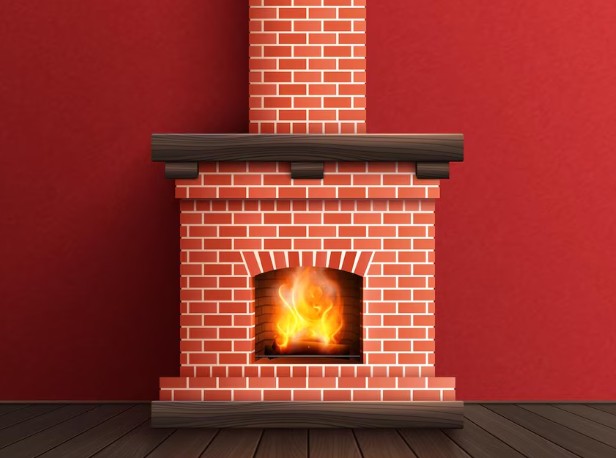When your furnace starts to act up, what immediately comes to mind is to simply stay warm. But there is also one more menace you must take into serious consideration: carbon monoxide leaks (CO).
This is a step-by-step instruction on how the issues with furnaces lead to the CO problems. We will also discuss what signs require attention and what to do if you do not feel all right.
Table of Contents
How furnace problems cause carbon monoxide leakages
Your furnace uses fuel to generate heat. When functioning properly, the carbon monoxide leaves your house through the flue or vent. However, when there is a break or blockage, that gas may start to leak inside.
The following are some of the most common causes of a failing furnace that leads to CO leaks. In this case, you should call for an emergency furnace repair.
- Cracked heat exchanger: This is the most severe one. It enables the CO to be mixed with the air circulating through your vents.
- Clogged or separated flue pipes: When the venting system is broken, there is no place for the gas to go but into the inside.
- Poor combustion: The absence of proper maintenance leads to the buildup of dirt, rusted burners, or worn parts. These can cause the burn process to be unbalanced, resulting in incomplete combustion that increases CO.
- DIY or unskilled installations: If your furnace was installed by an amateur or without any professional oversight, you may encounter a safety issue in the long run.
These risks are higher if your furnace is old or has not been serviced in some time.
Furnace warning signs
Even before your furnace stops working, it can provide some early indications that something is not right, provided you know what to watch.
- Black lines or sooty cabinets around the furnace or vent
- Difficulty keeping a pilot light lit, particularly when it changes color to yellow
- Furnace going out often, burning smells, or overheating
- Abnormal condensation on adjoining windows or walls.
These are not necessarily signs of a carbon monoxide leak, but it is indicative of the fact that your furnace is not functioning as it should, and that is a problem either way.
Physical signs you can not ignore
When your furnace is experiencing CO leakage, there is a possibility you could smell it first before you notice it. Take notice in case you or a family member at home has experienced:
- Dizziness or headache
- Vomiting or nausea
- Tightness in the chest
- Shortness of breath
- Experiencing fatigue or confusion that has no explainable cause
- All the family members are becoming ill simultaneously.
Remember that in case you even suspect CO intoxication, you should get outdoors as soon as possible and contact an emergency line. Never attempt to bear up. After ensuring that all the occupants are safe, invite a qualified HVAC technician to inspect and repair the furnace.
The takeaway
Furnace issues are not only a hassle, they are a hazard as well. Do not delay if your system is giving warning signals, or it simply does not seem right. Have it inspected by an expert.

